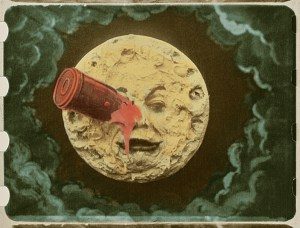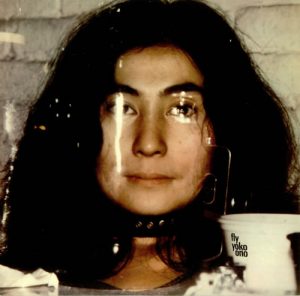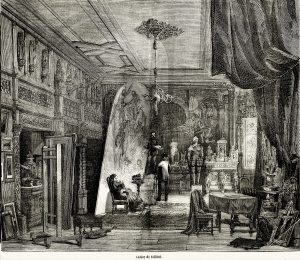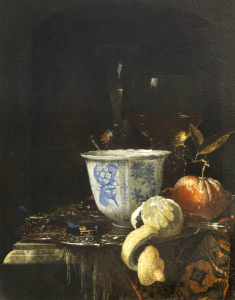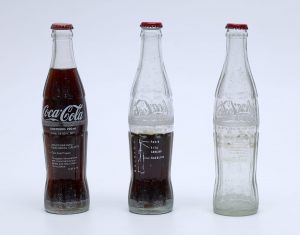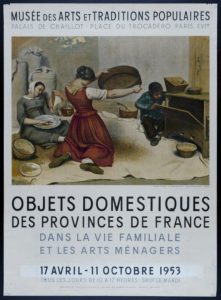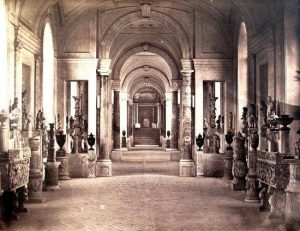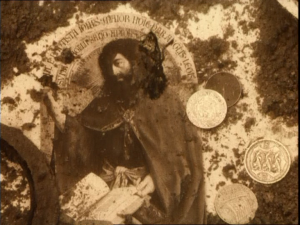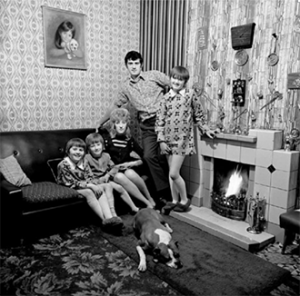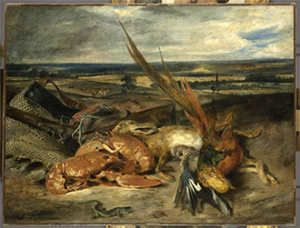Considering a rocket as a gigantic thing, this object refers us back to the history of science and technology. But Elsa De Smet also describes it in industrial and political terms. Then, before being something really constructed, it was a prominent fantasy and, necessarily, a representation—in its own way, a “still life.” Laurence Bertrand Dorléac Technological ...
# 102 | The Albums of Yoko Ono | Prudence Bidet
Prudence Bidet studies the albums of Yoko Ono, who mixes everything together: music, politics, and autobiography. Less studied than the rest of her creative work, these singular objects, especially her first solo albums, contain strong symbolic charges while displaying her desire for liberation. In her fourth album, in particular, Feeling the Space (1973), she ...
# 101 | Domestic Interiors as Still Lifes | Manuel Charpy
In drawing up an inventory of images and things in the nineteenth century, Manuel Charpy shows us how bourgeois domestic interiors ended up resembling still lifes, with curios, assembled in a certain order, accumulating there as within a picture. A painted or photographic portrait of a collector was, in this regard, edifying: his acquisitions ...
# 100 | Things in the Museum | David Guillet
Museums are not self-evident entities. David Guillet, who has experience thereof, reflects on the status of things—drawings, for example—whose complexity, materiality, and multiple qualities, as well as their diversity of significations, he wishes to grasp. He isolates problems without concealing the limits encountered by visitors when offered only a linear path through a museum’s collections. ...
# 99 | A Guerrilla War of Things | Paula Barreiro López
Paula Barreiro López connects guerilla tactics—which had become a common way of attacking established power, especially in regions that were called at the time the “Third World”—with the actions of artists who wanted in their own way to upset settled systems on both sides of the Atlantic. How did they set about doing this, ...
# 98 | Women’s Share in Museum | Charlotte Foucher Zarmanian
Charlotte Foucher Zarmanian is known for having extended the perimeter of research devoted to women. Here, she studies the issue of the conservation of things in the National Museum of Popular Arts and Traditions (Musée National des Arts et Traditions Populaires, MNATP), which was created in 1937. In taking a close look at the ...
# 97 | Piranesi’s Candelabra | Caroline Van Eck
At the end of his life, Giovanni Battista Piranesi fabricated three large candelabra along with some vases, tripods, and stands out of some mud-covered debris left over from sculptures that had been rediscovered in Hadrian’s villa during the Pantanello excavations of 1769. In retracing the history of these candelabra that no longer evince any ...
# 96 | Tarkovsky’s Objects | Philippe Bettinelli
In Andrei Tarkovsky’s films, the objects are as important as the characters. In each of his shots, he pays as intransigent attention to them as he does to everything else. One may recognize therein an echo of old still lifes, but that does not suffice to account for the main function they perform in ...
# 95 | British Interiors | Isa Bonnet
Using documentary photography that prioritized home over street, Isabelle Bonnet invites us to enter British interiors of the 1970s. These photographs offer us signs of a new lifestyle henceforth centered on domestic space. There, the status of things speaks volumes, as does their number, their profusion within the working-class world, which contrasts with the ...
# 94 | Delacroix and Things | Dominique de Font-Réaulx
While Delacroix was not especially attentive to things, while he painted during his lifetime just one, though quite astonishing, still life (Still Life with Lobsters, preserved at the Louvre Museum), and while he was not himself a collector, either, and he even had declared his “dread of disorder,” this painter seems to have been ...
